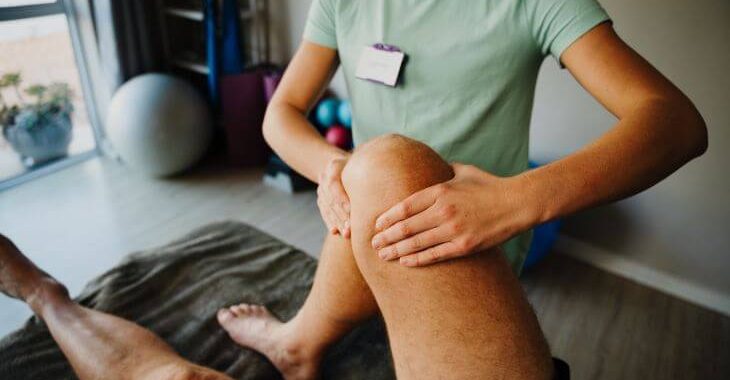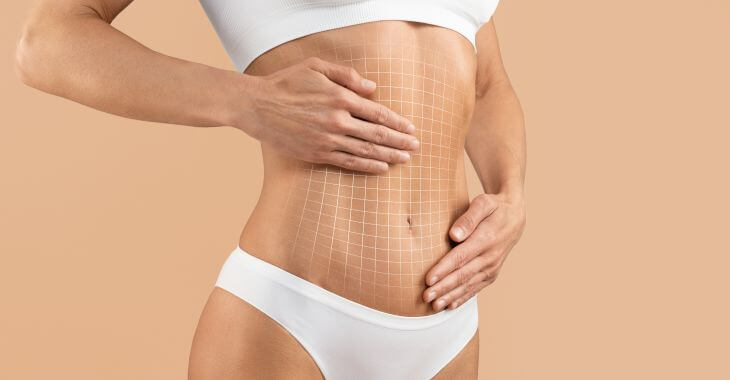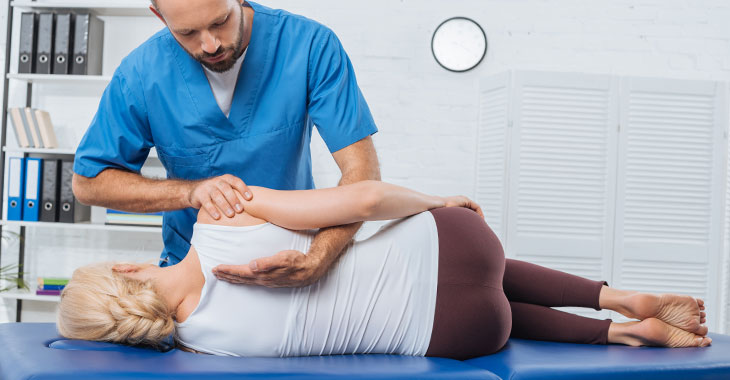Are You Suffering from Arthrosis Pain?

Joints in the body involve two or more bones connecting to allow for movement. To protect the bones from rubbing against each other, cartilage covers the ends of the bones to reduce friction. Over time, cartilage can wear thin and result in damage to the components in the joint, causing pain and other symptoms. Wear and tear of joint cartilage is called arthrosis, a common cause of inflammation and joint pain.
What Is Arthrosis?
Arthrosis and arthritis are very similar and may often be confused. Arthritis encompasses over a hundred types of joint inflammation conditions, including the most common arthritis – osteoarthritis. Arthrosis is essentially another term for osteoarthritis. Arthrosis occurs when there is wear and tear on the joints that results in thinner cartilage, inflammation and deterioration of the joint. Aging, repetitive use, injuries and other factors can contribute to arthrosis.
Like other types of arthritis, arthrosis does not have a cure. It is a progressive disease that can deteriorate the joint, causing pain and limiting mobility. Over time, arthrosis can cause extensive damage to the joints in the body, to the point that replacement with an artificial joint is the only option. However, there are effective lifestyle changes and treatments that can help preserve the joints and minimize the symptoms of arthrosis.
Symptoms of Arthrosis
Osteoarthritis, or arthrosis, can impact any joint in the body and cause a variety of symptoms. When the cartilage wears thin, friction increases in the joint. Over time, symptoms become more pronounced. Joint pain is the most common symptom of arthrosis, whether it is in a knee joint, shoulder, wrist or hip. Even the spine can be affected by osteoarthritis in the form of facet arthrosis. Beyond pain, some of the other symptoms of arthrosis include:
- Stiffness in the joints
- Swelling
- Grating or rubbing in the joint
- Loss of joint flexibility
- Tenderness surrounding the joint
- Bone spurs
Arthrosis can be a painful condition that limits mobility and affects quality of life. The cartilage in major joints like knees, hips and shoulders can deteriorate to the point where severe damage is caused to the bones. Symptoms can become intolerable and many individuals may need a total joint replacement to maintain their mobility. While arthrosis cannot be reversed or stopped, it can be slowed in progression and the symptoms can be lessened with the right treatments.
Risk Factors for Arthrosis
Anyone can be susceptible to arthrosis as they get older. While certain types of arthritis can impact people of all ages, arthrosis is more common with age. Certain lifestyle and genetic risk factors can increase your chance of suffering from arthrosis as you get older. These include:
- Weight. Those who are overweight or obese are at higher risk for wear and tear on the joints.
- Gender. Females are at higher risk for arthrosis than men
- Occupation and activities. Wear and tear from repetitive joint motions when working or playing sports can increase risk for arthrosis.
- Family history. Arthrosis is linked to genetic factors – if you have a family history of arthrosis, you are at higher risk of the disease.
- Injuries and defects. Injuries to the joint or defects can cause excessive wear, increasing risk for joint damage.
While arthrosis may not be avoidable, protecting the joints by maintaining a healthy weight and lifestyle can help minimize symptoms. The right treatment plan can reduce pain and improve mobility while preventing further damage to the joints.

Treatments for Arthrosis
Whether you have facet arthrosis in the small joints in the spine that causes back or neck pain, or arthrosis in a major joint like the knee, treatment is available. Beyond losing weight, eating healthy and exercising, there are treatments that can lessen the symptoms of osteoarthritis and slow the progression of the disease. Many treatments are conservative and non-invasive – surgery is usually only recommended when less invasive methods are no longer effective. Some of the possible treatment options include:
- Anti-inflammatory oral medications
- Physical therapy
- Steroid injections
- Joint preservation surgery
- Regenerative medicine – stem cells or PRP injections
Treatments for osteoarthritis, or arthrosis, are continually evolving and improving. Regenerative treatments and joint preservation methods can help slow the progression of arthrosis and improve joint function to extend the lifespan of affected joints. With early intervention, cartilage can be protected, and in some cases, repaired or replaced. With the right treatment plan, many people can avoid invasive alternatives like joint replacement surgery later on in life.
Millions of people suffer from arthrosis throughout the joints in the body. If you have back pain caused by facet arthrosis or limited mobility due to hip or knee osteoarthritis, there are treatment options to give you relief. Contact your doctor or visit an orthopedic specialist to discuss the various treatment options available to slow joint deterioration and minimize pain caused by arthrosis.
The information provided on this website, including text, graphics, images, and other materials, is intended solely for informational purposes and should not be used as a substitute for professional medical advice, diagnosis, or treatment.


)